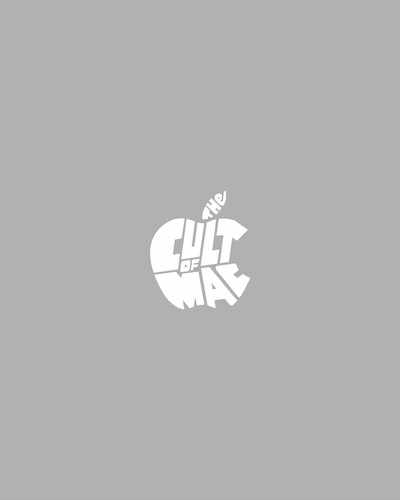
The opening of the very first Apple Store in
McClean, Virginia, made headlines in May 2001.
The line stretched 500 people long. But that was
nothing compared to the lines that followed,
growing longer with every new Apple Store or
product launch. The launch of a new iPhone can
attract thousands of line sitters, many camping
outside the store days before the big event. For
most people, waiting in line tops their list of
things they detest, but the lines outside Apple’s
stores became their own social ecosystem and a
cultural phenomenon.
Steve Jobs conceived of Apple’s stores in
the late 1990s. Apple used to sell its computers at
third-party retailers like Sears and CompUSA, but
their poor product presentation and inadequately
trained staff did little to generate excitement — or
sell Apple’s products.
Jobs sought to foster a sense of community
in a space that allowed people to interact with
Apple tech. Business watchers predicted that the
chain of stores, with their airy design and only a
small number of products, would flop.
“Apple’s problem is it still believes the way
to grow is serving caviar in a world that seems
pretty content with cheese and crackers,” a for-
mer CFO, Joseph Graziano, told Business Insider
in a 2001 article titled “Sorry, Steve: Here’s Why
Apple Stores Won’t Work.”
But the stores have been a resounding
success, with hundreds now spanning the globe.
In fact, several have become popular landmarks
and tourist attractions.
The stores are also famous for attracting
huge crowds. At first, dozens of people would camp
out overnight when a new store opened. They were
there for the gift bags or commemorative T-shirts
Apple handed out to celebrate the new store. But
they were also there for the camaraderie—the
opportunity to meet and hang out with other
Apple fans. For Gary Allen, attending Apple Store
openings became a hobby and then a passion,
inspiring him to launch a long-running blog called
IFOAppleStore.com. The “IFO” stands for “in front
of,” as in waiting in line in front of Apple’s stores.
Allen was hardly alone. With each new
store opening, the crowds grew, until the lines
stretched to thousands of people who were
often camping out a full week before the store
opened. The opening of the Apple Store in
Ginza, Tokyo, drew an estimated 2,500 people
and stretched for about 10 city blocks. A video
of the line, posted on YouTube, takes a full
10 minutes to traverse from beginning to end.
But these crowds would pale in compar-
ison to those that assembled for launches of
new iPhones. As the iPhone became a cultural
juggernaut, the number of people lining up to
be among the first to get their hands on the new
handsets multiplied. In 2009, the launch of the
second-generation iPhone (iPhone 3GS) at Apple’s
Fifth Avenue store in New York attracted about
FOR
F
F
MOST
M
M
M
M
M
PEOPLE,
P
P
P
P
2
3
..................Content has been hidden....................
You can't read the all page of ebook, please click here login for view all page.
